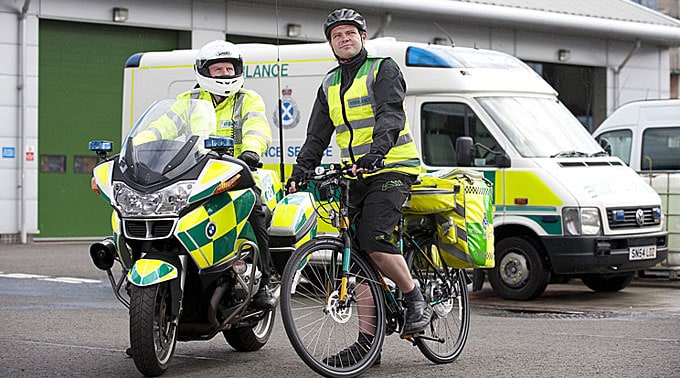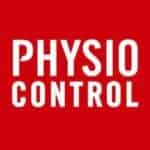
CRASH Card

After a number of years of this scheme being successful in the East of the UK, the National launch of CRASH was on the 31st March 2011.
This crash card is designed for all sizes of powered two wheelers, mopeds to super bikes and cruisers to tourers, for all motorcycle journeys, ie to school, for leisure, work and commuting, including professionals.
CRASH Card is a scheme in which motorcyclists place a card inside their crash helmet as a medic alert. The details which the rider has written on the card provide vital information for attending ambulance crews if the motorcyclist is injured in a road traffic collision. Saving valuable time and helping treatment especially if the rider is either unconscious or unable to communicate.
This scheme, which has been in use for nearly two years in some parts of England, was created by the committee of the Ambulance Motorcycle Club a group of experienced paramedics and ambulance staff who are passionate about motorcycling.
The card also has a mnemonic “CRASH” which gives helpful advice if a rider comes across a road traffic collision. Ian Burrell, Chairman of the Ambulance Motorcycle Club said: “We know that riders are more likely than any other road user to stop at the scene of an accident and offer to help. CRASH is an excellent way of helping the emergency services get the right resources to the scene as quickly as possible and we hope riders who stop to help will use their own card to provide information when calling 999.”
Pc Simon Ross, Traffic Police, said: “By carrying the CRASH card within your helmet and affixing the green dot to the right side of it, we will know that the next of kin details (name/phone number) will be available to the us, so that we can if necessary, contact the rider or pillion’s loved ones should they be required in the event of an incident.”
The CRASH Card is accompanied by an explanatory letter which contains a self adhesive green dot. The letter explains that rider/pillion should affix the dot to the right hand side of their helmet to help alert the attending medical staff to the presence of the card. The letter also shows how to fill out the card and explains that only trained professionals should remove an injured rider’s crash helmet.
If you would like to know where you can get a CRASH Card please use the link to the Ambulance Motorcycle Club website: www.ambulancemotorcycleclub.co.uk










 James Risley is a technology writer living in Seattle. He’s written for the Medill News Service and helped build small, news-focused web tools for covering transportation and politics. He recently earned his graduate degree from the Medill School of Journalism at Northwestern University. You can follow James on Twitter or Instagram and reach him at james@geekwire.com.
James Risley is a technology writer living in Seattle. He’s written for the Medill News Service and helped build small, news-focused web tools for covering transportation and politics. He recently earned his graduate degree from the Medill School of Journalism at Northwestern University. You can follow James on Twitter or Instagram and reach him at james@geekwire.com.